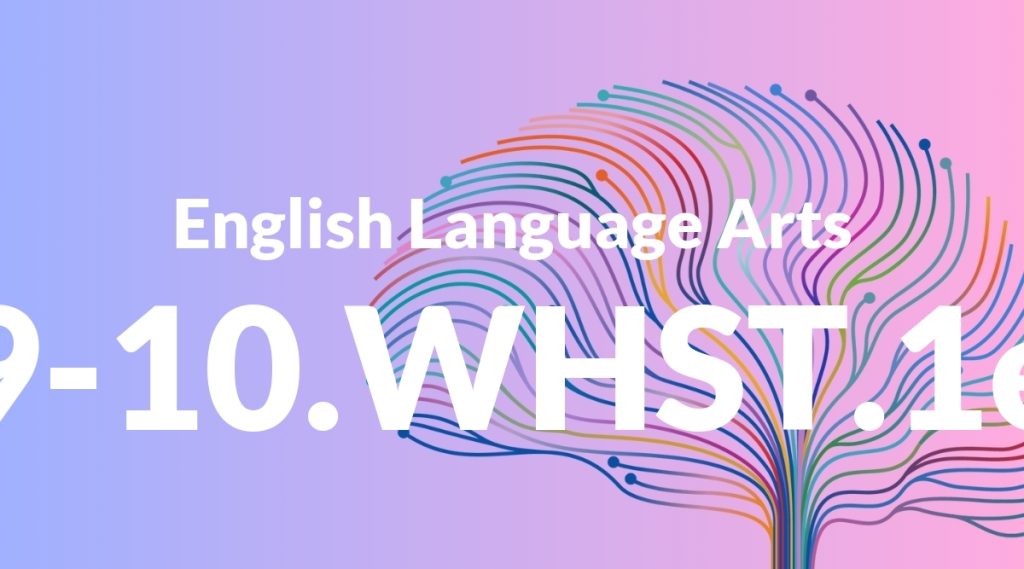Standard: 9-10.WHST.1e – Provide a concluding statement or section that follows from or supports the argument presented.
Grade level: Grade 9-10
Subject: English Language Arts
Domain: Writing: History, Science & Technical Subjects
Teacher Overview
This standard focuses on teaching students how to effectively conclude an argumentative piece of writing. It is important because a strong conclusion reinforces the argument and leaves a lasting impression on the reader. Students should have a solid understanding of the structure of an argumentative essay, including the purpose of each section. They should also be confident in their ability to gather and present evidence to support their arguments.
Once students master this standard, they will be able to write strong, cohesive conclusions that effectively support their arguments. This skill will be valuable in advanced writing tasks across various subjects.
Common Misconception 1
A common misconception is that a conclusion is merely a summary of the essay. This is incorrect because a conclusion should also provide a final perspective and reinforce the significance of the argument.
Intervention 1
To address this misconception, provide examples of effective conclusions that do more than summarize. Highlight how they restate the argument’s significance and offer a final perspective.
Common Misconception 2
Another misconception is that new information can be introduced in the conclusion. This is incorrect because the conclusion should synthesize existing information rather than introduce new points.
Intervention 2
Address this by teaching students to introduce all new information in the body paragraphs and use the conclusion to wrap up the argument cohesively.
Prerequisite Knowledge
Students should understand the structure of an argumentative essay, including the introduction, body paragraphs, and the purpose of a conclusion. They should also be familiar with basic writing conventions and the importance of supporting an argument with evidence.
Subsequent Knowledge
After mastering this standard, students will be able to create more sophisticated arguments, enhance their analytical writing skills, and apply these skills across various subjects such as history, science, and technical writing.
Instructional Activities
- Analyze examples of effective and ineffective conclusions.
- Practice writing conclusions for given argumentative essays.
- Peer-review and provide feedback on each other’s conclusions.
- Revise conclusions based on peer feedback.
- Create a checklist for writing effective conclusions.




